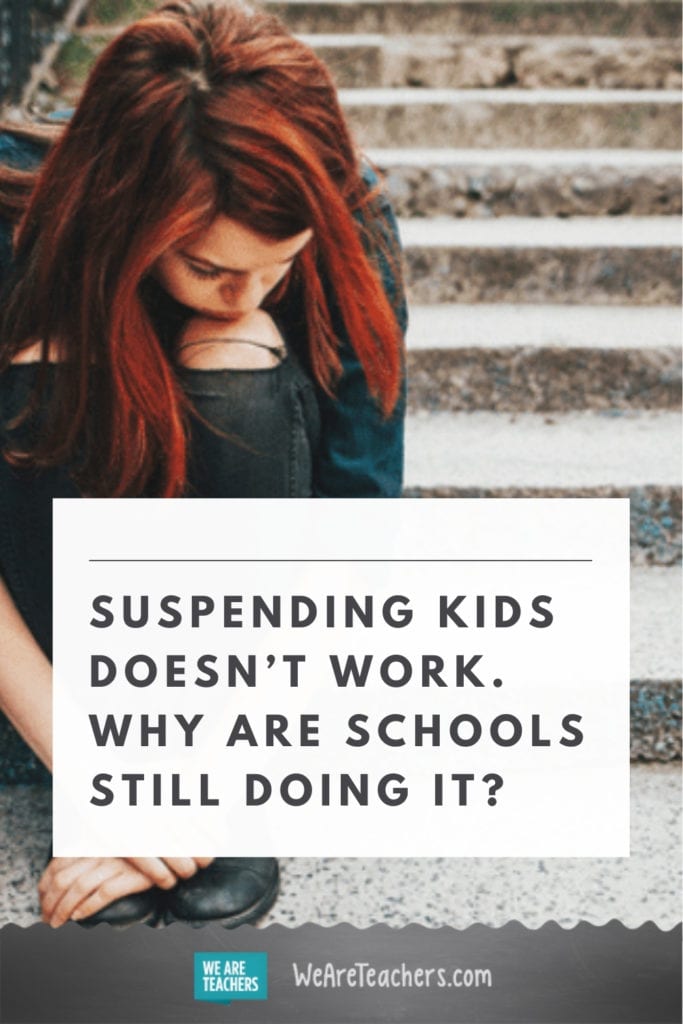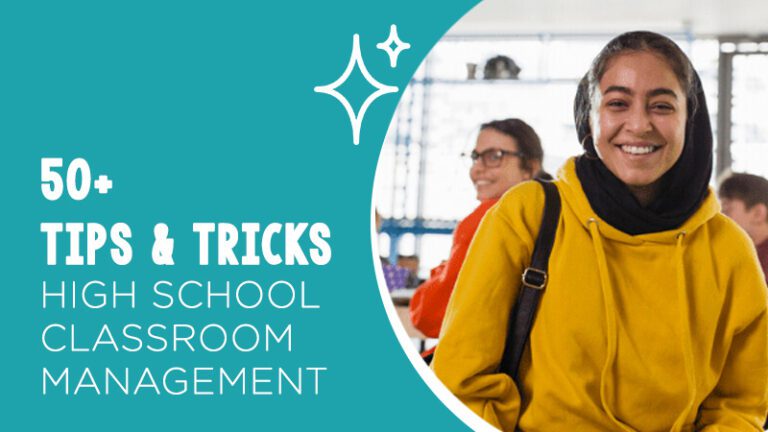When Leigh M. Ragsdale-Knoderer took over as principal of Jefferson Elementary, a public school in Cape Girardeau, Missouri, she was committed to helping reduce disciplinary actions. With a background as a teacher at an alternative school, Ragsdale-Knoderer felt that discipline, such as suspension, wasn’t always the right response to negative student behavior like substance misuse or abuse.
“It goes deeper than coming to school under the influence,” she said, noting that there were substance misuse concerns even at the elementary and middle school levels. “Suspension isn’t going to fix that. Treatment is needed.”
During her first year as principal, Ragsdale-Knoderer reduced disciplinary actions by 86.5%. She also helped the superintendent implement a system-wide program called Pathways. Among other positive attributes, the program provides students with access to mental health care and counseling. The program is young; however, she hopes it continues to evolve. She believes it has the potential to help many more students receive the help they need, rather than punishing them.
“It’s that restorative piece,” Ragsdale-Knoderer said. “Kids make mistakes, but how do we restore them and get them back with their peers?”
The Trouble With Suspensions
For decades, suspensions have been the go-to consequence for students who act out, especially those who use or abuse substances at school. But increasingly, research is showing that suspensions might do more harm than good.
A 2018 study published in the Educational Evaluation and Policy Analysis journal found that suspensions have negative impacts on students’ math and reading achievement. Suspensions also negatively affect their peer achievement. Once a child was suspended, they were more likely to be suspended again during the year.
“Suspending students for non-violent classroom misconduct does not benefit either the suspended students or their peers,” Matthew Steinberg, study author and researcher at the University of Pennsylvania, told Future-Ed.
Ken Winters, a researcher in adolescent health at the Oregon Research Institute, agrees.
“The data suggest that just a punishment model might be more of value to the adults than the teenager who is the target of the problematic behavior,” Winters said.
The Case for Suspension Alternatives
With data mounting that suspensions do little good for students and may instead cause harm, more schools are reevaluating policies. They’re shifting to suspension alternatives. This has become especially important as schools take steps to end the school-to-prison pipeline and other racial inequities.
Rather than relying on suspensions—especially for kids who have underlying trauma or mental health concerns—a new approach, based in restorative justice, encourages educators to respond to the underlying issues.
However, this doesn’t mean there aren’t consequences, especially in severe cases like when a student is trafficking in school.
“It’s not necessarily eliminating a sanction or punishment option for some teens,” said Winters. “It’s about also doing what a school can to implement some kind of counseling or intervention approach.”
Winters is the author of Teen Intervene, A Brief Intervention for Adolescent Substance Abuse, a guide for schools and educators to respond to teens who are using or abusing substances, rather than just suspending them. Programs like that, as well as educational approaches based in restorative justice and Positive Behavior Interventions and Supports can have a larger impact on students’ long-term health and success than suspensions, he says.
Crafting a More Just Response
For schools that are spread thin, intervening with therapeutic responses to substance misuse can seem overwhelming. But Winters says that a better approach to confronting substance use or abuse can start with just 15 minutes.
“What’s realistic for schools will vary,” he said. “Most schools can do the minimum.”
Here’s what Winters suggests at three resource levels:
- Low resource: Schools with few resources can start by teaching basic motivational interviewing skills to existing health staff or teachers who are good at connecting with teenagers. Start with a 15-minute conversation to try to discover what is contributing to the student’s substance use.
- Medium resource: In this approach, schools train staff-members to conduct a one-hour intervention with students. Using motivational interviewing, staff discuss responses and solutions that could work for the individual student.
- High resource: This approach involves multiple intervention sessions with students and parents to get to the bottom of the issue. “It’s going to require someone with a lot of training,” Winters said.
Ragsdale-Knoderer says that implementing a system of suspension alternatives requires rethinking the allocation of time and resources. “People would say ‘we don’t have time for that,’” she said, “But I’d say, ‘You’re looking at time differently.’”
Winters adds that it’s important to recognize that schools will never be able to fully address substance misuse or contributing factors like poverty and trauma. However, every little bit helps. “Don’t get too frustrated that you’re not going to handle everything,” he said. “You’re still improving a young person’s health.”
Find suspension alternatives to help your students overcome substance misuse.
Whether it’s drinking alcohol, using drugs, or vaping, substance misuse often affects students’ school performance. Additionally, it can impact their physical and mental health and future jobs. It can also lead to future substance abuse. If your school uses suspensions to deal with substance misuse, it may be time to try an alternative approach.
Get a free Teen Intervene program sample . This research-validated program helps interrupt the cycle of unhealthy and risky substance use and guides students to change their behaviors, so they can succeed in school and in life.



